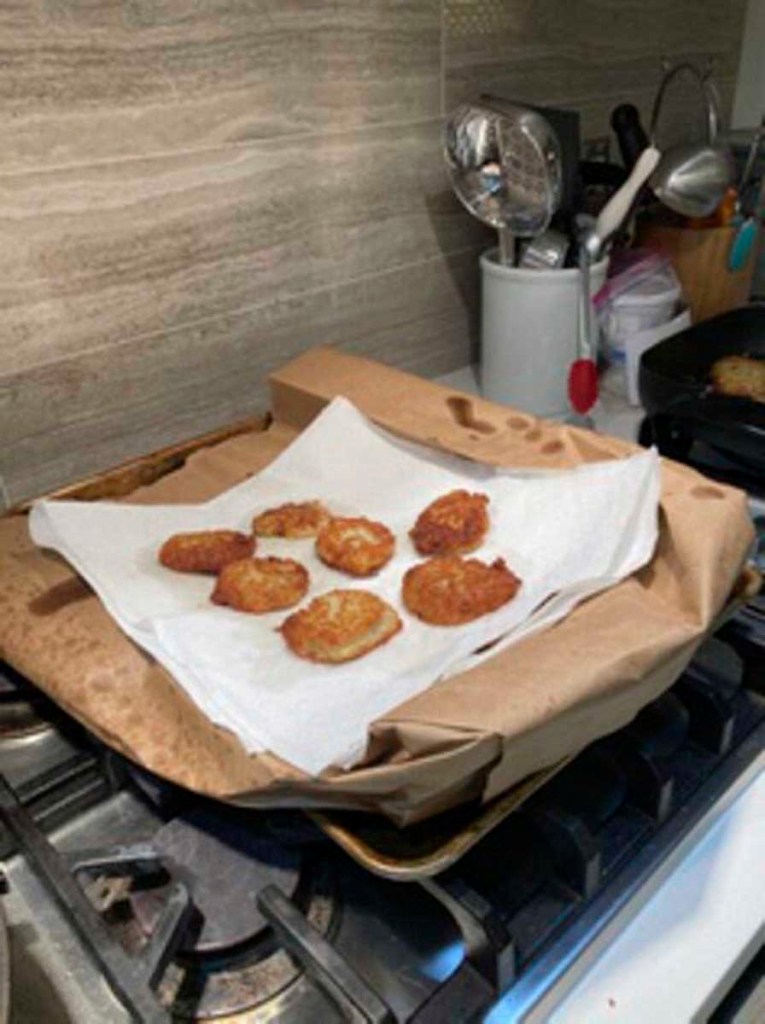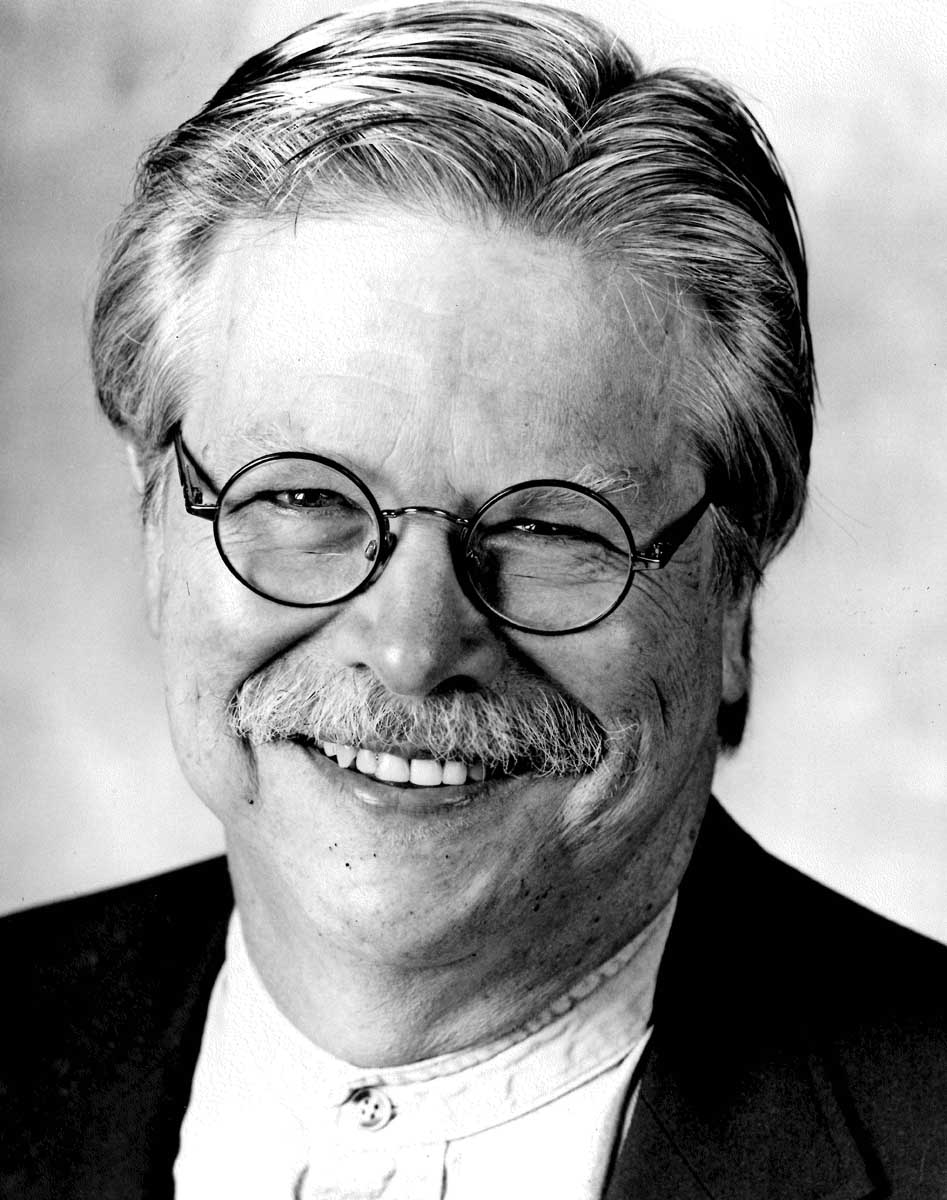Hanukkah celebrated as historical holiday
Published 11:00 am Friday, December 11, 2020

- In commemoration of the legendary cruse of oil, it is traditional to eat fried potato pancakes, or latkes.
This year Hanukkah began at sundown on Thursday night, Dec. 10.
The history of this joyous celebration commemorates the rededication of the Jewish Temple in Jerusalem after its desecration at the hands of the Syrian Greeks in the year 164 B.C.E – merely 2164 years ago.
Trending
While it is a relatively more “recent” addition to the Jewish calendar, the 8-day festival of Hanukkah has become one of the most beloved holidays. Another name for Hanukkah is The Festival of Lights, so interesting that it takes place during the year when the days are shortest.
The origins of Hanukkah are most associated with the saga of the Judean revolt against the oppression of King Antiochus of the Seleucid Empire. The military hero of the revolt was Judah the Maccabee, the eldest son of the priest Mattathias. Judah and his sparse band of followers bested the opposing army, recapturing the Temple in Jerusalem, which Antiochus’s men had defiled into a Pagan shrine. The Temple was then rededicated to the God of Israel.
The Jewish people of Judea celebrated for 8 days. Later on, Jewish tradition ascribed the length of the festival to a miraculous small amount of oil that burned eight days. Today in America, the majority of activity regarding Hanukkah takes place at home.
Central to the holiday is the lighting of a menorah, an 8-branched candelabrum, to which one candle is added on each night of the holiday, until it is ablaze with light on the eighth night. In commemoration of the legendary cruse of oil, it is traditional to eat fried potato pancakes, or latkes.
A game using a four-sided “dreidel” is played by spinning and winning (or losing) depending on the letter on each side of the dreidel. Jewish Hanukkah traditions across other international borders include Cuban Jews frying plantain cakes, while Moroccan Jews make giant Hanukkah bonfires.
Tunisian Jews celebrate women and encourage marriage proposals to be made during the holiday. For Australian Jews the Festival of Lights falls in the heat of summer while Alaskan Jews observe Hanukkah in near-constant darkness.
Trending
In Israel special fried round doughnuts (“sufganiyot”) are as omnipresent as fried potato latkes. “A present every night” is not historically part of the holiday tradition; however, European Jews used to gift children small amounts of money, as well as chocolate gold wrapped coins (“gelt”).
Under the overlapping Christmas season, Hanukkah has developed into a gift-giving holiday in the Jewish calendar. Most significantly, Hanukkah is celebrated as a historical moment when the Jews were liberated from oppression.
A recurring theme of Hanukkah argues in favor of freedom of worship and religion. In spite of the irrepressible human spirit and the Maccabees’ actions which are lauded, never far from the surface is the belief that the liberation was possible only thanks to the miraculous support of the Divine.





